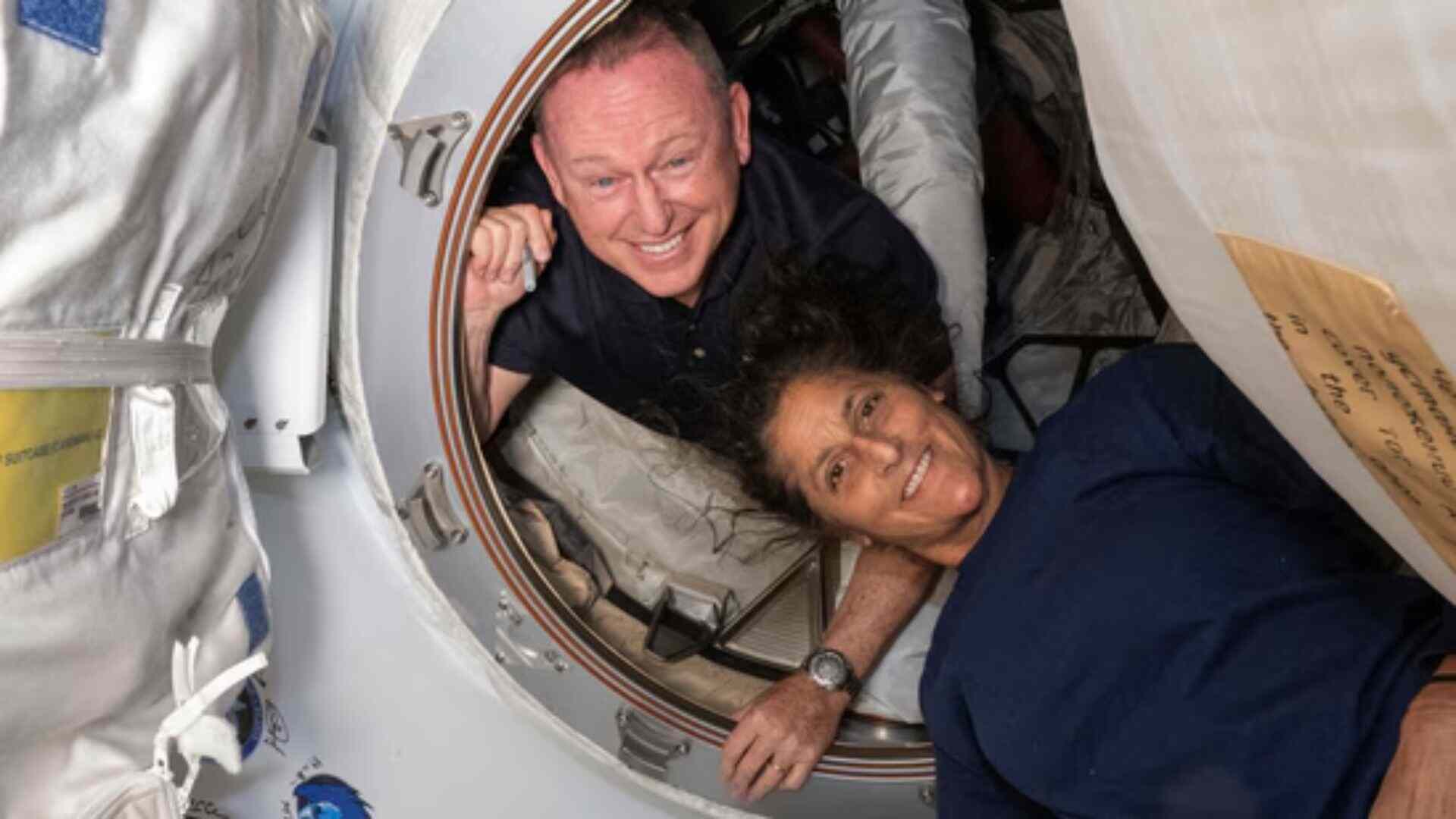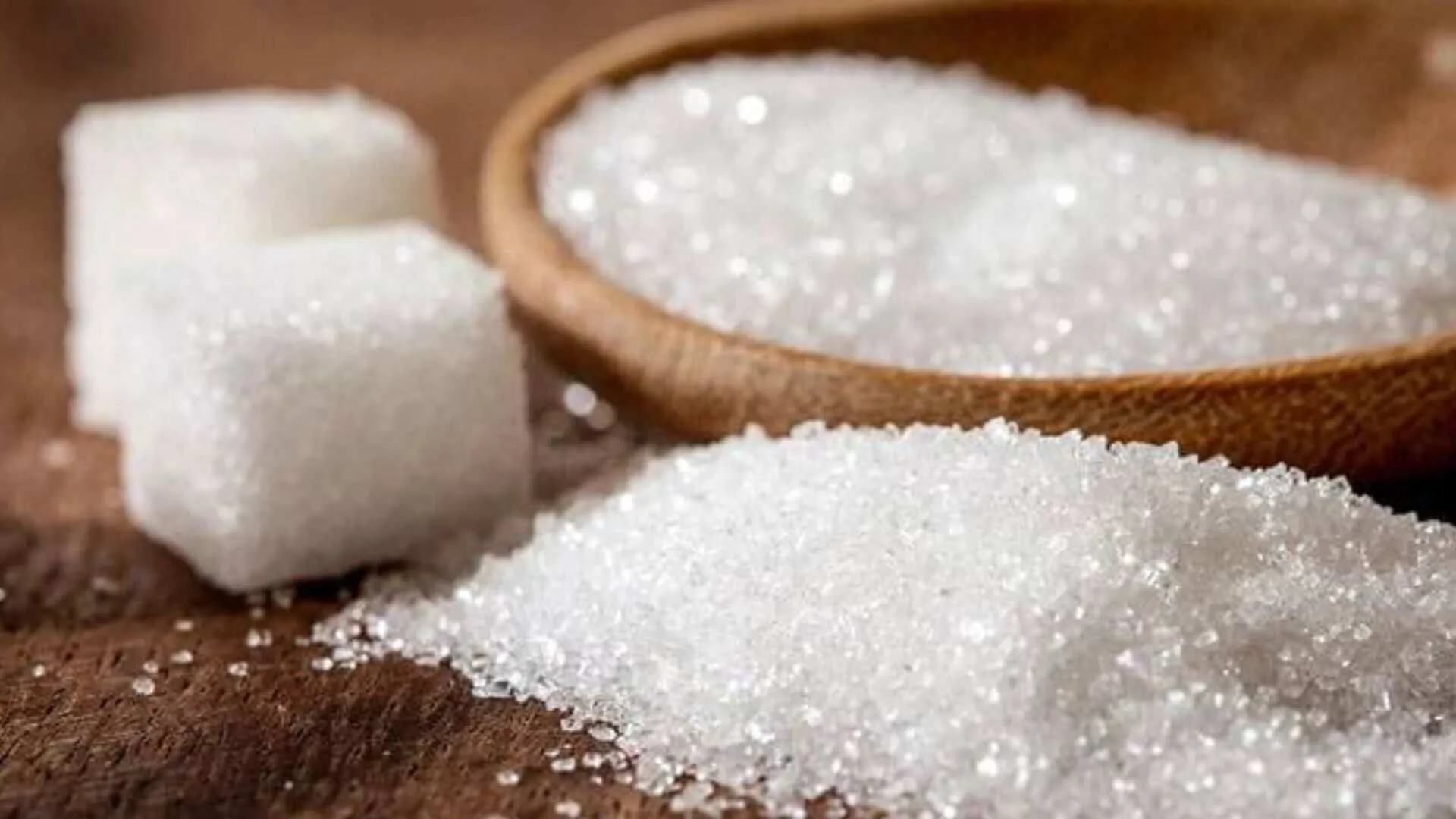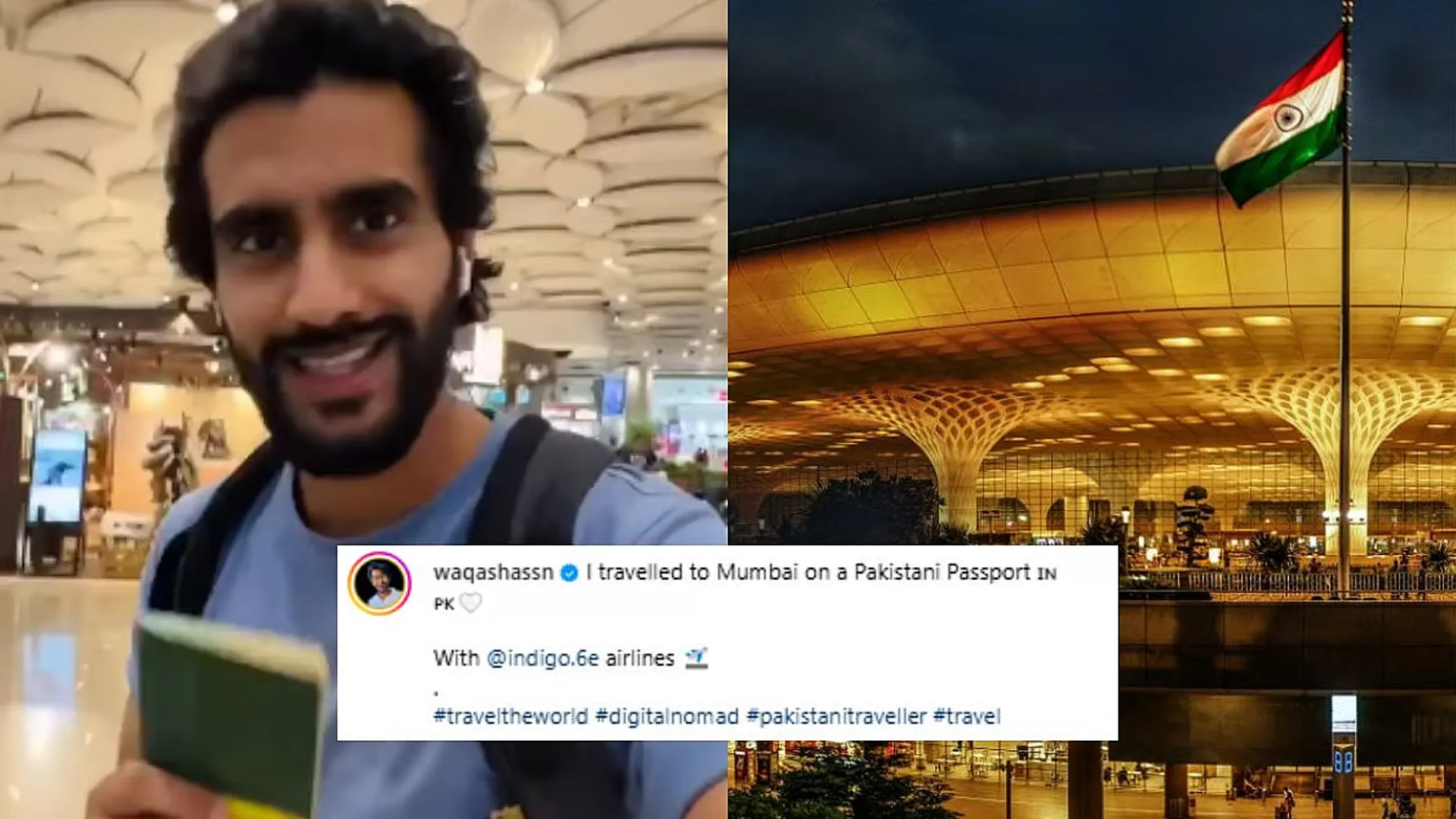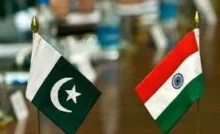NASA astronauts Butch Wilmore and Sunita Williams have been stranded at the International Space Station (ISS) for over six weeks, well beyond their planned brief stay. They arrived on June 6 aboard Boeing’s Starliner spacecraft, which has encountered a series of technical difficulties and delays over the years.
Their initial mission was intended to last less than two weeks, but ongoing issues with several malfunctioning thrusters have indefinitely delayed their return.
NASA has confirmed that the astronauts will remain on the ISS until at least August, marking a considerable extension of their mission.
At a recent press briefing, NASA’s Commercial Crew manager, Steve Stich, noted that while progress is being made, the agency has not yet set a definitive return date. NASA plans to reassess the situation in the first week of August to determine the next steps.
Boeing developed the Starliner spacecraft as an alternative to SpaceX’s Crew Dragon capsule, aiming to offer NASA a reliable astronaut transport option.
However, the Starliner program has been marred by numerous issues, including technical difficulties, delays, and budget overruns. The recent launch encountered several helium leaks, leading to the unexpected shutdown of multiple thrusters as the spacecraft neared the ISS.
Boeing is currently testing spare engines at NASA’s White Sands test facility to diagnose the cause of the malfunction. These tests are critical for analyzing data that will guide the future of the Starliner program. The situation has intensified scrutiny of NASA’s partnership with Boeing, raising doubts about the contractor’s ability to deliver a dependable spacecraft.
This extended mission has also negatively impacted public perception, with media outlets like The Atlantic labeling the astronauts as “stranded” at the ISS. This portrayal has compounded Boeing’s public relations difficulties, as the company is already under significant scrutiny for its aerospace operations.
Despite NASA and Stich’s assurances that the astronauts could technically return aboard the Starliner in an emergency, the agency’s reluctance to commit to a return date has generated concern.
An anonymous retired NASA astronaut told The Atlantic that if NASA were confident in the spacecraft’s safety, the astronauts would have been sent back by now.
In summary, the prolonged stay of Wilmore and Williams at the ISS highlights the ongoing issues with Boeing’s Starliner spacecraft. While NASA works to resolve the technical problems, the delay has raised questions about the reliability of the Starliner program and the future of NASA’s relationship with Boeing as a contractor.









